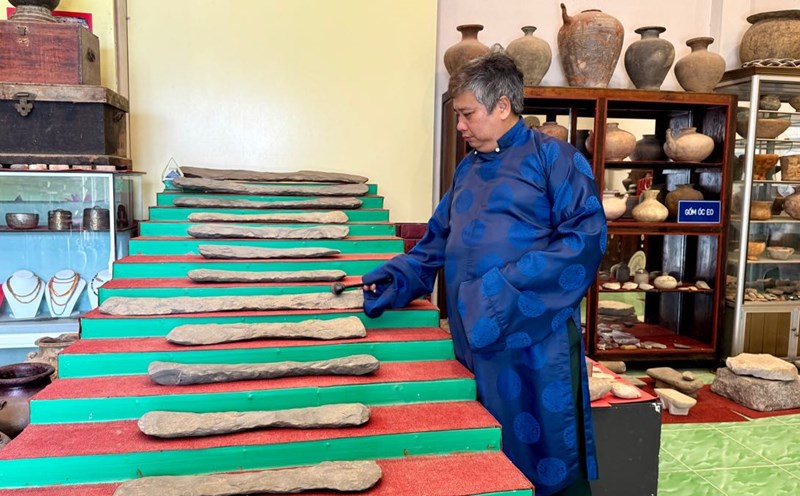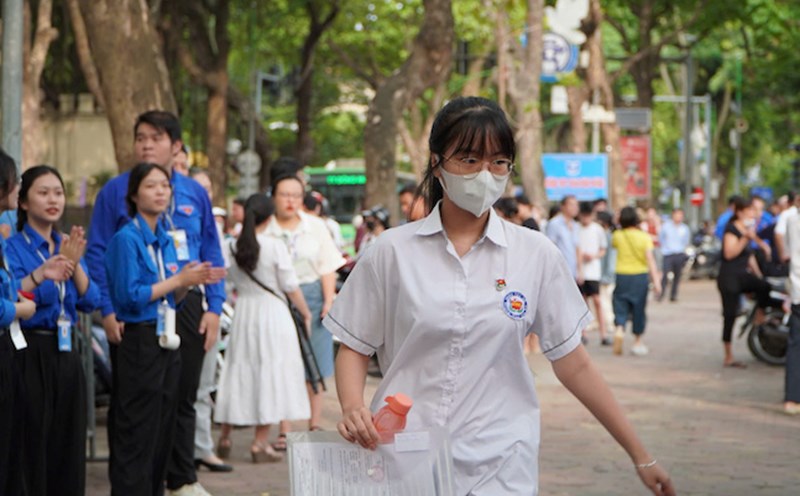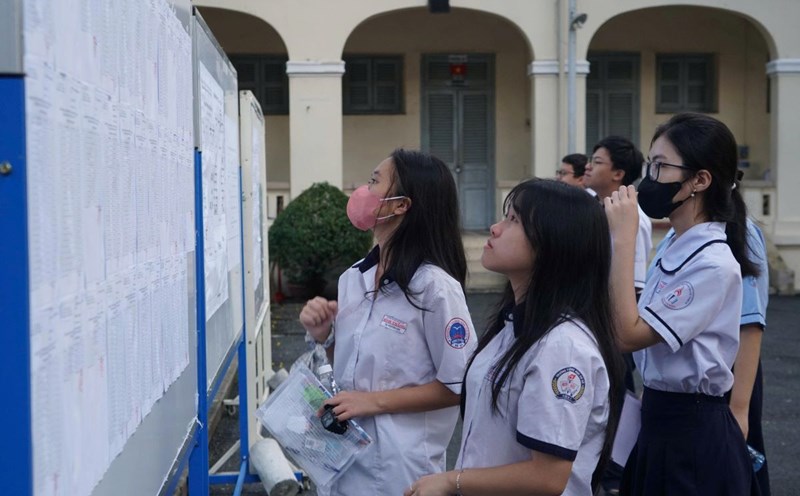Stray memories
When the two precious coats that once belonged to Empress Tu Cung - the mother of King Bao Dai - were brought from the US to Hue in May 2025, we not only received a pair of artifacts of historical value, but witnessed the return of a part of the royal memories lost in the land of the people and seemingly forgotten.
Those shirts - a red silk dress with a thick fold of the royal castle, a Chinese knitch, were a souvenir given to relatives by Mrs. Tu Cung in the early 1960s, then went through a nearly 70-year journey from France to the US, before returning to Hue through the donation road of Mrs. Cong Ton Nu Kim Chi, a provincial court of the Nguyen Dynasty.
Not long before, the Nhat Binh shirt that once belonged to Queen Nam Phuong - bought by the family of Mrs. Phan Thuy Khanh and Mr. Tran Phan Anh from a foreign private collection, had also returned to Hue. Those royal costumes are not only precious in materials and patterns, but carry a part of the soul of the Nguyen Dynasty culture - the last feudal dynasty in Vietnamese history.
Previously, national treasure such as the Emperor's Imperial Seal or the Nguyen Dynasty's captain's hat were advertised for sale on foreign auction floors. And then he was repatriated to Vietnam in many different forms and paths, but all of them carried the mark of the country's cultural lovers.
Unfortunately, there are still many rare Vietnamese antiques wandering abroad. From the Champa statues at the Guimet Museum (France) to the Nguyen Dynasty antiques scattered in private collections in the US, Germany, Japan, UK... most of them have never been officially recognized for sovereignty.
Therefore, when an antique returns, the issue of public concern is not only the self, value and story of the antique, but also the symbol of deep cultural connection.
Can't just rely on kindness
Regenerating ancient artifacts - in many cases, is not about "taking back" a material artifact, but is about restoring collective memories. Because each antique, from the Emperor's Imperial seal, the Nguyen Dynasty's official hat, the Champpa god statue, or the costumes of Queen Nam Phuong, are all vivid representations of a historical period, where technology, aesthetics and the spirit of national culture crystallize.
When a shirt returns, we will have the opportunity to restore the flow of memories, so that future generations know that their ancestors lived in a silk civilization, with the technique of embroidering needles, with the image of ripe phoenixes symbolizing the noblest...
In the world, many countries have turned the repatriation of antiques into a national cultural policy. China has established a fund to restore antiques and encourage the private sector to auction lost heritage. Korea builds an antique identification system in international auctions to promptly act. Indonesia has suspended the exhibition activities of foreign museums if the antique does not have documents to verify its origin.
Currently, Vietnam still lacks a clear and flexible legal mechanism to encourage the private sector to participate in heritage rescue. Buying antiques abroad is subject to many complicated financial procedures, without tax incentives, funding policies or appropriate forms of contribution recognition, causing many individuals to hesitate despite their conditions. In the Law on Cultural Heritage (amended), the Ministry of Culture, Sports and Tourism has initially included regulations to encourage the collection of Vietnamese antiques scattered abroad. However, this process needs to be accelerated with a long-term strategy, instead of stopping at spontaneous efforts.












